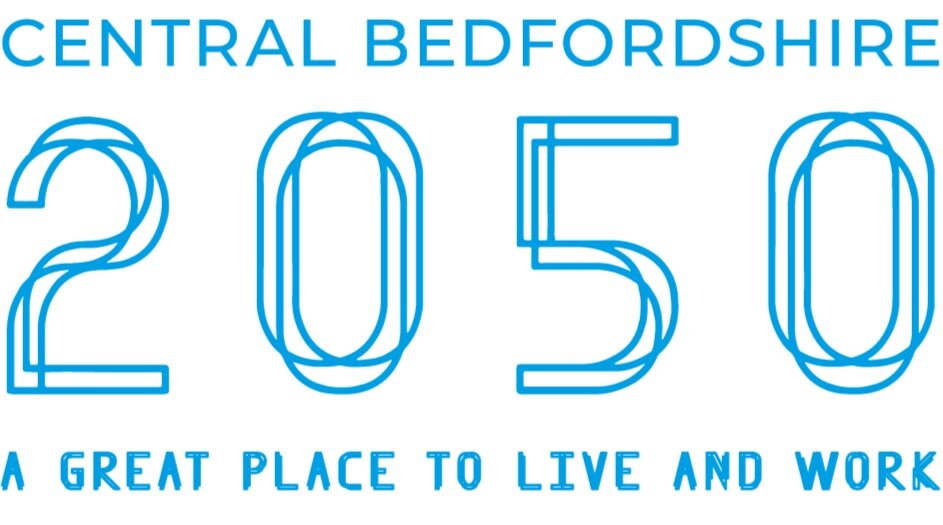Future environment
Central Bedfordshire’s countryside is one of our biggest assets, contributing to the quality of life of residents and contributing to agricultural productivity. Meanwhile much of the built environment is high quality comprising historic market towns and villages including over 11,000 recorded buildings, sites and records of historic interest.
Greenbelt covers 40% of Central Bedfordshire and has ensured that the area remains as open countryside. Central Bedfordshire includes 32 Sites of Special Scientific Interest, 38 distinctive “landscape character” areas and 5,800 ha of designated Areas of Outstanding Natural Beauty (AONB).
The natural and built environments are under threat from agricultural processes and impacts of climate change with greater risk of extreme weather events leading to more flooding and more heat events. Over the next 30 years our environment will need to adapt to respond to extremes of weather, which is forecast to include higher rainfall, and greater periods of drought. We must also consider food security and the ability for our environment to remain productive to meet the needs of future generations.
How might the environment change in the future?
How will the climate be different by 2050?
What will our relationship with the environment be like?
Will we be able to produce enough food?
Will we be more focussed on consuming locally sourced food?
Will we generate waste? How far might we have pushed recycling?



